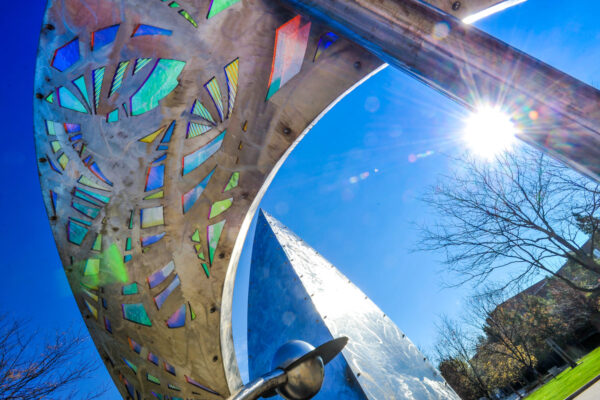Evolving Higher Education Business Models
As resources for higher education are decreasing and the pressure to keep tuition low is increasing, colleges and universities are looking for ways to spend more efficiently and effectively. A session at ACE2016 explored this topic with the help of its panel:
- Alana Dunagan, researcher, Clayton Christensen Institute for Disruptive Innovation
- Bob Shea, senior fellow, Finance and Campus Management, National Association of College and University Business Officers
- Matthew Soldner, senior researcher, American Institutes for Research
- Dennis P. Jones, president emeritus, National Center for Higher Education Management Systems
- Patricia Steele, principal consultant, Higher Ed Insight
The panel discussion was moderated by Louis Soares, vice president for ACE’s Center for Policy Research and Strategy and co-author of “Evolving Higher Education Business Models: Leading with Data to Deliver Results,” which was funded by TIAA Institute.
The paper explores how higher education is moving from a data-poor to a data-rich environment and examines leadership strategies that presidents and their teams can use to couple financial and learning outcomes data with business model analysis to drive performance and enhance the academic enterprise.
Three themes emerged from the discussion: 1) the need for innovation; 2) the push for more granular data that can be used to create more efficient spending; and 3) the importance of getting buy-in from management to take risks and make decisions that could upset people.
“Ability is not the mother of invention, necessity is. As the resource flow slows down into higher education, we know we need to change,” said Dunagan. “It’s been a blessing to have many blessings in higher education in the last 30-40 years, but since there has been a shift in resources, we need to figure out how to change and modernize.”
But more data is needed to connect spending to student outcomes.
“How do you know where to put that dollar if you can’t measure it?” said Soldner. “Many people don’t know what things cost and what works. Benchmarking is not enough. The question is, how do we create better data?”
However, many institutions are risk-adverse and tend to stick to business models that are widely accepted.
“There is resistance to change on our campuses and an inability to make difficult decisions,” said Shea. “Across the industry, there are institutions that know what things cost. The real issue is do you have the culture to use the data to make difficult decisions on a management level? Some have the knowledge, but don’t use it.”
Shea also emphasized that no amount of data will substitute for good decision making and leadership. “There are times when you only have 70 percent of the information you need to make a decision,” he said.
When institutions consider innovating their business models, it is important to take stock of where they are, said Jones.
“Be brutally honest and really figure out where you are. There are a lot of places in higher education that want to be something that they are not. And they lose to ability to see their value proposition because they are not honest with themselves,” Jones said.
Soares said he hopes this paper gives people the room to think about how to build new relationships and think about how to innovate on their campuses.
“It doesn’t matter what position you hold, but hopefully it makes you think how to build those allies and create those new conversations,” said Soares.
If you have any questions or comments about this blog post, please contact us.

